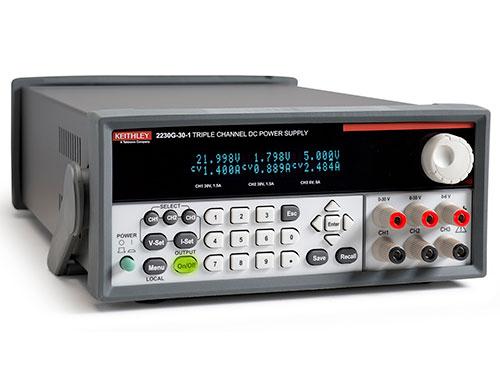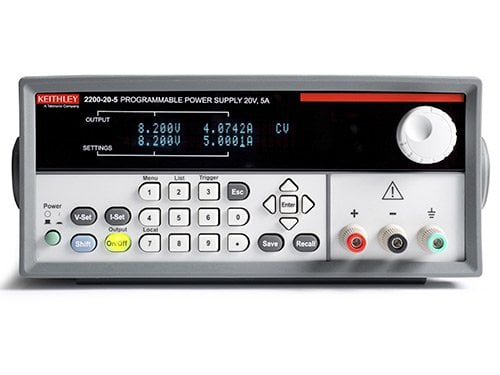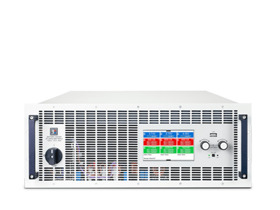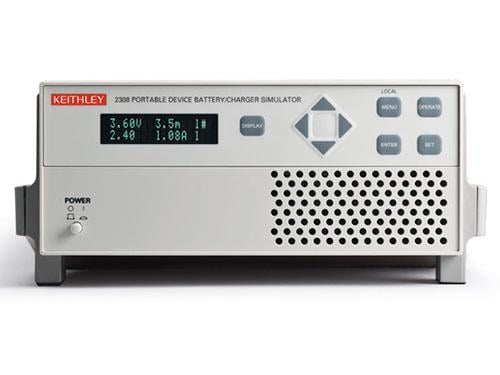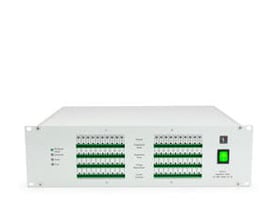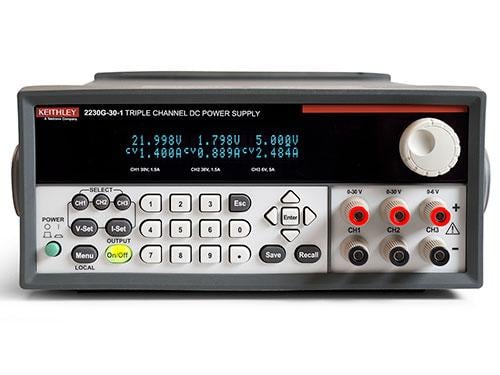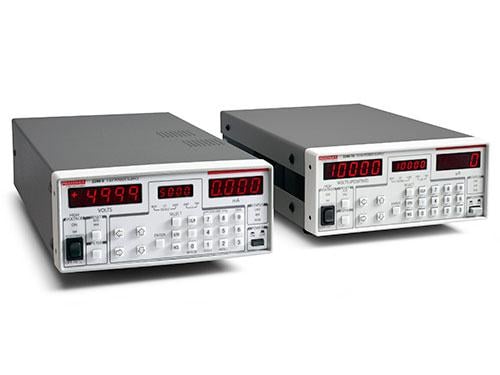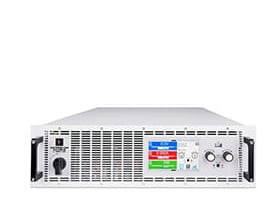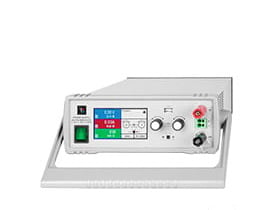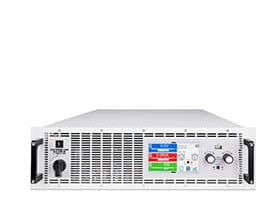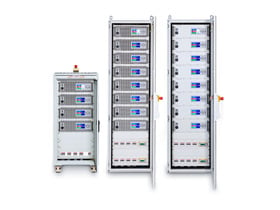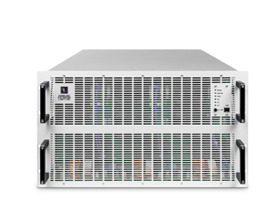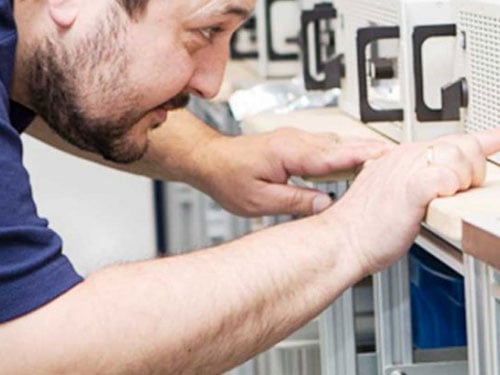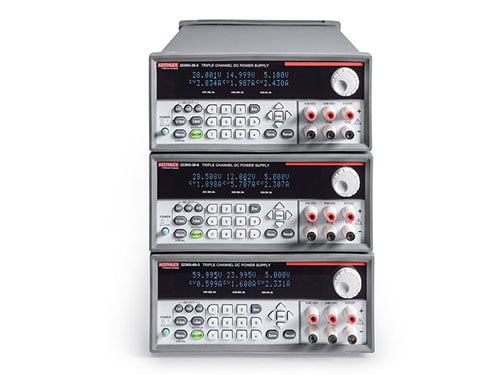與我們聯絡
與 Tek 業務代表即時對談。 上班時間:上午 6:00 - 下午 4:30 (太平洋時間)
請致電
與 Tek 業務代表即時對談。 上班時間:上午 8:30 - 下午 5:30 (太平洋時間)
下載
下載手冊、產品規格表、軟體等等:
意見回饋
找到適合您應用的直流電源
一般用途電源供應器
電池測試與模擬
高功率和專業應用
High-Power Applications

精選直流電源供應器
EA-PSI 10000 系列:精密、高效能
EA-PSI 10000 系列提供精確、可調節的功率,具有高效率和自動設定範圍功能,專為研發、生產和測試自動化而設計。
- 穩定、可程式設定的直流電源供應器 – 精密的電壓和電流控制
- 自動設定範圍彈性 – 最大限度地提高跨電壓等級的電力輸送
- 高效率 – 減少能源浪費和熱輸出
- 遠端可程式設定性 – 用於自動化測試的乙太網路、USB 和 CAN
For Series-connected Devices
Devices from EA Elektro-Automatik can be connected in series to meet the demand of higher voltages up to 3000 V DC. To ensure the safety, the use of the Serial Connection Box (SCB) is necessary. The SCB protects the devices in series connection from exceeding the specified insulation voltage, ensuring safe operation. In addition, EA’s systems can be used flexibly with the help of the SCB.
The devices can be used individually or connected in series. For example, two parallel-connected groups can be connected in series to create systems with high voltage and high power to meet corresponding market requirements.
Compatible with:
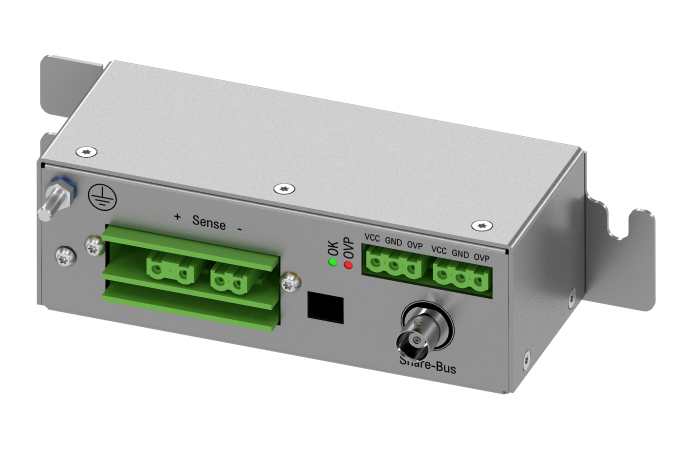
以直流電源供應器優化您的工作流程
直流電源供應器可為測試、原型設計與製造流程提供穩定且可調的電壓與電流。無論您從事教育、研究還是工業應用,高品質的直流電源都是確保測試結果精確且可重複性的關鍵。觀看影片,瞭解它如何提升您的測試效率。
工程師如何使用直流電源供應器
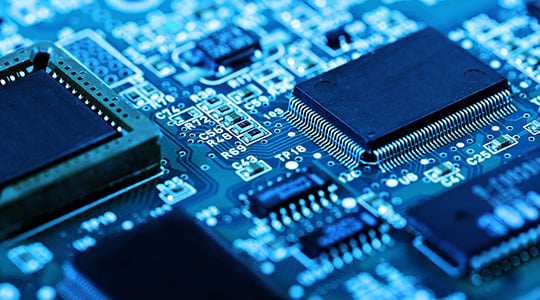
電路設計與原型製作
工程師在電路設計過程中依靠直流電源供應器提供穩定、可調整的電壓,以便在早期開發中進行元件驗證、效能調整和疑難排解。
生產測試和品質保證
在製造環境中,直流電源供應器有助於測試 PCB、電力電子和半導體,確保每個產品在部署前都符合效能和安全標準。


自動測試與量測系統
透過可程式控制和遠端操作,直流電源供應器可以整合至自動測試裝置中,進而實現跨多種裝置和條件的快速、可重複的量測。
直流電源供應器量測技巧
設計的 10 個階段
設計可靠的電源供應器需要仔細的規劃、精確的測試和正確的工具。我們的電源供應器量測技巧指南將引導您瞭解電源供應器設計的 10 個基本階段,從元件選擇,到 EMI 疑難排解和最終驗證。無論您是最佳化效率、確保相容性或是解決問題,這些專家深入見解都將能協助您實現更好的效能和更快的上市時間。如果您正在選擇新的電源供應器,這些提示將引導您做出正確的選擇。因為最好的電源供應器不僅關乎規格,還與如何測試和改進您的設計息息相關。
如何選擇合適的直流電源供應器
選擇直流電源供應器時可能會讓人不知所措,因為可供選擇的選項範圍很廣,但根據應用和基本功能進行細分可以使決策變得容易得多。以下是選擇適合您需求的電源供應器時需要考慮的事項。
第 1 步:定義您的應用
在查看規格之前,先從預期的使用案例開始。
- 一般電子測試 – 標準桌上型電源供應器即可。
- 電池測試或模擬 – 需要具有雙向功能的電源供應器或內建電池模擬器。
- 高功率應用 – 如果測試電動車元件或工業設備,則較適合使用高電壓、高電流或自動設定範圍電源。
第 2 步:關鍵選擇標準
單輸出 vs. 多重輸出
- 對於需要單一電源的簡單應用來說,單輸出電源供應器即足夠了。
- 多輸出電源供應器非常適合測試具有多個電壓位準的電路,進而減少了對額外設備的需求。
電壓、電流和功率容量
- 確保電源供應器能夠滿足最大和最小電壓和電流需求。
- 自動設定範圍電源供應器會透過動態調整電壓和電流,同時保持全功率輸出,提供了更大的靈活性。
精密度和穩定性
- 解析度和準確度決定了電壓和電流的調整精細度-這對於精密測試極為重要。
- 漣波和雜訊會影響訊號完整性,尤其是在敏感的類比或射頻應用中。
可程式設定性和自動化
- 基本控制介面 (USB、LAN 或 GPIB) 足以滿足自動化測試設定的要求。
- 排序、任意波形產生和可程式設定負載設定檔等進階功能可進行更複雜的測試。
- 類比和數位 I/O 支援與外部控制系統整合。
第 3 步:針對特定應用的專用功能
- 電池模擬和測試 – 可模擬電池行為的電源供應器可以更準確地測試功耗和效率。
- 雙向電源供應器 – 可輸出和輸入電源,使其成為儲能系統和電動車電池循環等應用的理想選擇。
- 高壓電源供應器 – 對於半導體測試和絕緣擊穿分析等應用,需要1 kV 或更高的電源。
第 4 步:考慮長期可用性
選擇電源供應器不僅是為了滿足目前的需求,也是為了確保靈活性和長使用壽命。
- 可擴展性 – 能滿足未來的測試需求嗎?
- 多功能性 – 是否適用於多個應用,或過於專業化?
- 耐用性 – 是否具有長期的精密度和可靠性?
需要協助為您的應用尋找合適的直流電源供應器嗎?
什麼是直流電源供應器?
A 直流電源供應器將來自主電源的交流電轉換為穩定的直流輸出。根據應用情況,直流電源供應器可以進行調節 (以保持恆定電壓) 或不調節。
Learn More:
直流電源供應器和交流電源供應器有什麼差別?
哪些行業使用直流電源供應器?
直流電源供應器廣泛應用於各行各業,包括:
- 電子和半導體測試-用於電路驗證、元件特性分析和故障分析。
- 汽車和電動車 (EV)– 對電池測試、動力系統驗證和逆變器極為重要。
- 航太與國防-用於航空電子、雷達和衛星系統的高精密度測試。
- 醫療裝置-支援植入式和可攜式醫療電子設備的開發和測試。
- 再生能源-對於測試太陽能板、燃料電池和儲能系統極為重要。




